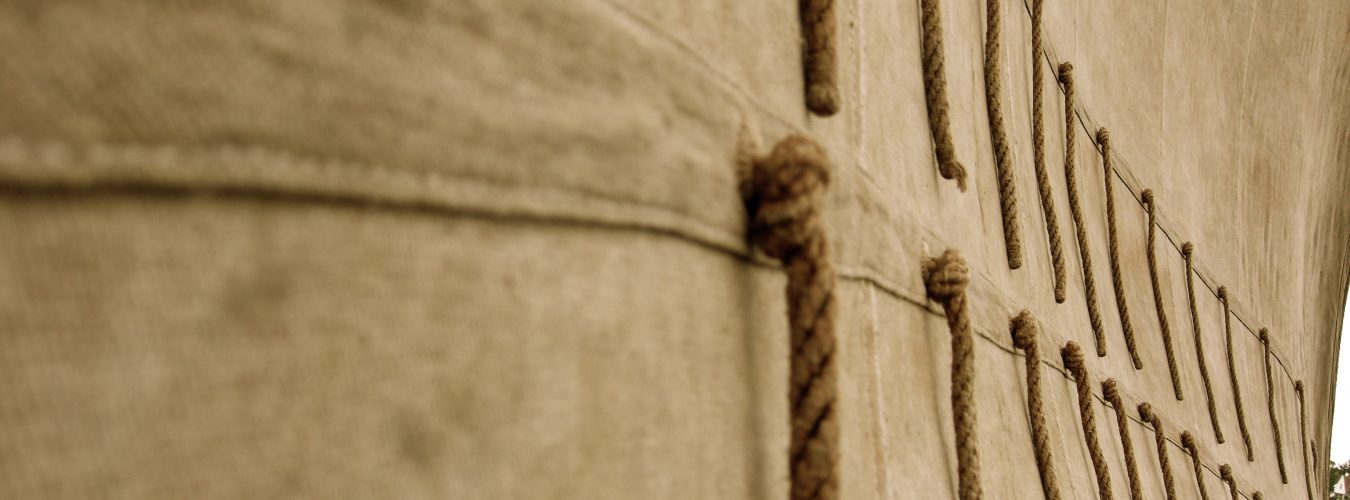The next Departmental Seminar on Thursday Feb 27th, 5-6pm, will see Jesse Ransley discussing material stories and boats:
What is a boat? Materials and moments.
Subodh Gupta’s 2012 sculpture ‘What does the vessel contain, that the river does not’ is a kettuvallam, a ‘sewn’ boat from Kerala, filled with everyday objects, from chairs and cooking pots to a bicycle and television. Despite Gupta’s interest in abstracted ideas of belonging and displacement, standing in front of it, it is its material presence and the materials present in it that one is obliged to consider. Suspended in a Saville Row gallery, is it the same boat as the one in Kochi? Were those grains of sand and mud, collected in Kerala’s backwaters and lost in transit, part of the sculpture? Were they as much part of the boat as the particles of mud and molecules of fish oil intermingled in the seams between its planks? Where does the boat end and its contents begin?
Massive, solid and heavy, but displaced and suspended, out of use, in a London gallery, his kettuvallam becomes a valuable tool with which to ask ‘what is a boat?’
Subodh Gupta, What does the vessel contain, that the river does not, 2012, Mixed media, Installation view Hauser & Wirth London, 2013, Photo: Alex Delfanne, © Subodh Gupta

